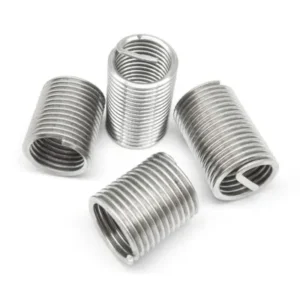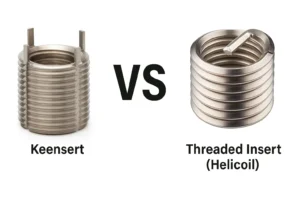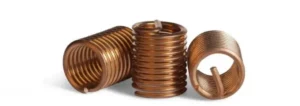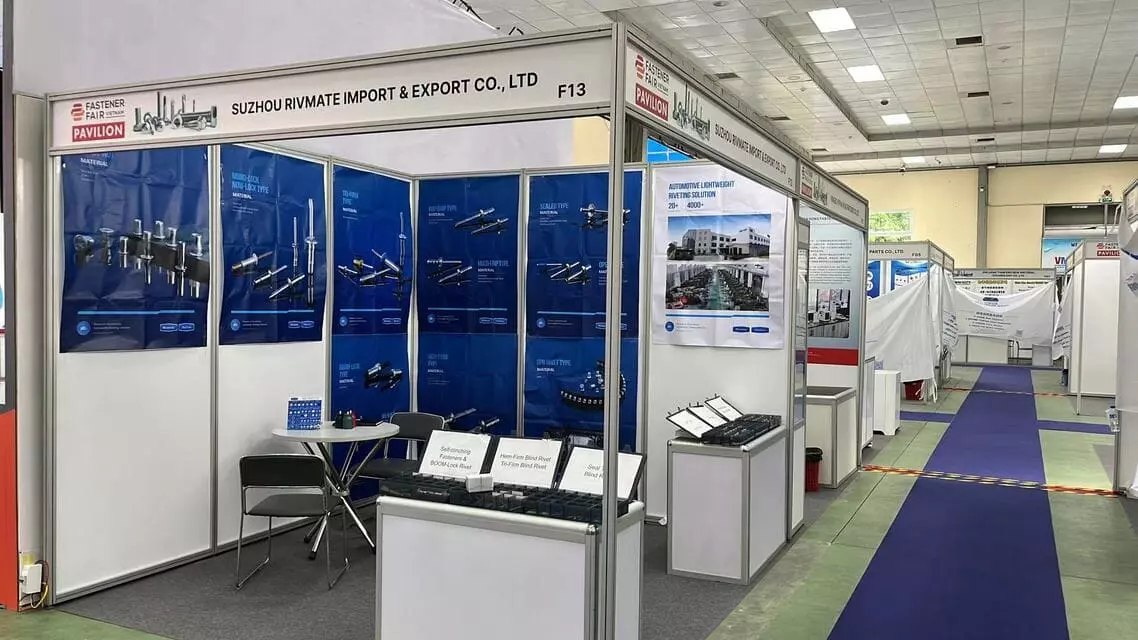What is Rivet Nut Strength?
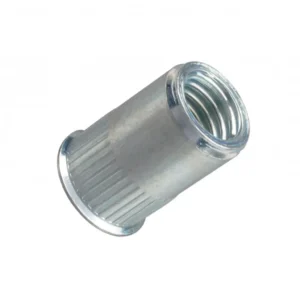
Leading Rivet Nut Manufacturer and Supplier in China

Rivet nut strength is crucial for ensuring connection safety and reliability, especially under high loads or vibrations.
Higher strength rivet nuts offer better resistance to tension, shear, and torque, preventing loose or failed connections.
Table of Contents
What is Rivet Nut Strength?
Rivet nut strength refers to its ability to withstand forces like shear, tensile, and torque resistance. These factors determine how the rivet nut performs under load and ensures secure fastening. Rivet nut strength is critical for holding fasteners in place in challenging environments or applications.
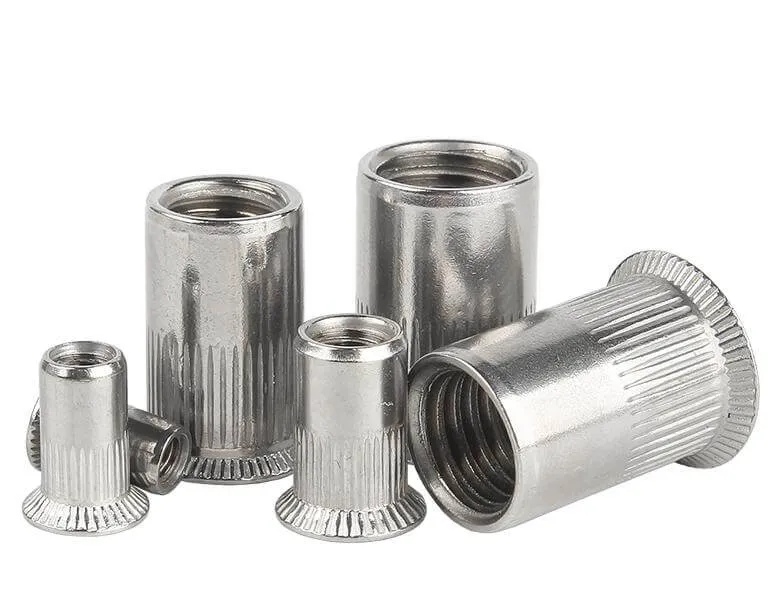
Each of these strength parameters is essential for determining a rivet nut’s performance and suitability for various applications, depending on load, installation, and environmental conditions.
Turning Torque
What is the turning torque of a rivet nut?
Turning torque of a rivet nut refers to the rotational force required to install or tighten it. It ensures the rivet nut is securely deformed and fixed within the material during installation. Turning torque depends on the material, size, and design of the rivet nut. Too much torque can damage the rivet nut or material, while too little may result in insufficient fastening. The correct turning torque ensures optimal installation and a strong, secure hold.
The fuction of the rivet nut turning torque
- Ensure proper deformation and secure installation within the material.
- Help the rivet nut form a strong, permanent bond with the material, providing a reliable threaded connection.
- Prevent over-tightening, which could damage the rivet nut or material, leading to failure.
- Also ensure the rivet nut is securely fastened without slipping or spinning during installation.
By applying the correct turning torque, the rivet nut achieves optimal performance and load-bearing capacity.
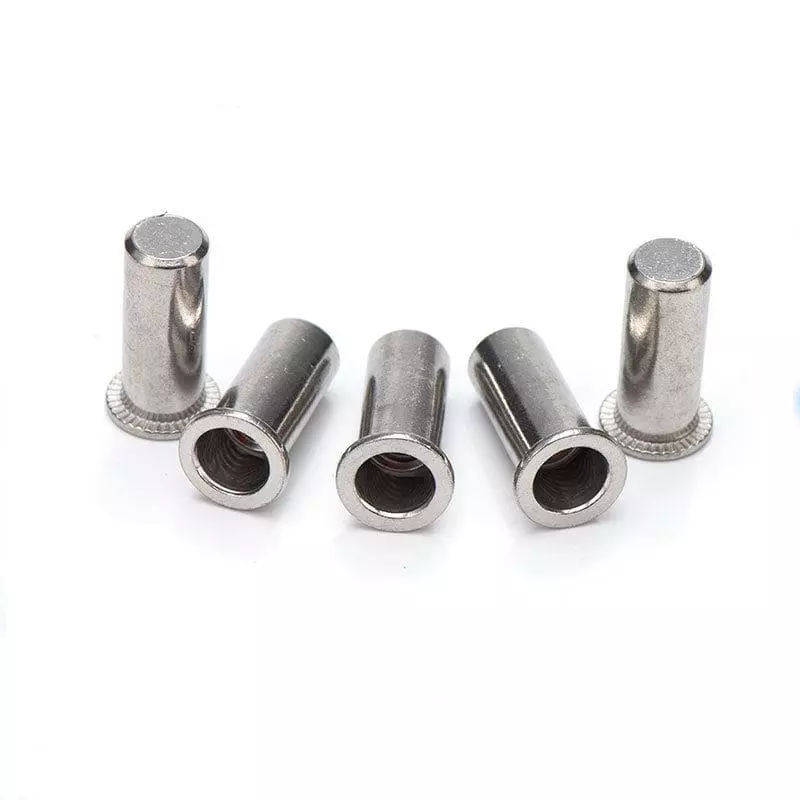
What is the broken torque of a rivet nut?
The broken torque refers to the rotational force needed to break or fail a rivet nut after installation. This is when the rivet nut either spins, pulls out, or deforms beyond its structural limits. Broken torque is critical for determining the rivet nut’s durability and performance in extreme conditions.
Once installed, the broken torque indicates how much additional force the rivet nut can withstand before failure. It helps assess resistance to loosening, stripping, or shearing in applications with vibration, high loads, or dynamic stresses. Knowing the broken torque ensures the rivet nut remains secure and reliable in its application.
The fuction of the rivet nut broken torque
- Indicates a rivet nut’s ability to resist twisting forces during installation or use. This is crucial for ensuring long-lasting performance in high-stress environments.
- During the installation process, rivet nuts are subjected to significant torque. The broken torque value helps determine the amount of force the nut can handle without losing structural integrity.
- It is essential for applications where the rivet nut is exposed to vibration or cyclic loading. It helps prevent loosening or failure over time.
Rivet nuts with higher broken torque values are more suited for heavy-duty or industrial applications that involve substantial forces.
What is the tensile strength of a rivet nut
The tensile strength of a rivet nut is the rotational force it can resist before failure under tension. It determines how securely the rivet nut stays in place under dynamic loads or stresses.
Unlike broken torque, tensile strength resists the separation of the nut from the material after installation. It is critical for applications exposed to pulling or tension forces along the nut’s axis.
The fuction of the rivet nut tensile torque
- It ensures that the rivet nut remains securely fixed in place under tension, preventing loosening or failure over time.
- Help determine the rivet nut’s ability to withstand axial loads or pulling forces without losing its integrity.
- A higher tensile torque means the rivet nut can resist higher pulling forces, providing better stability in high-stress applications.
- It is important in applications where vibration or dynamic forces are present, ensuring the rivet nut remains securely installed.
The tensile torque helps determine the appropriate material and rivet nut design needed for high-stress applications.
What is the shearing strength of a rivet nut
The shearing strength of a rivet nut refers to the force it can withstand before failure under shear stress.
This force is applied perpendicular to the rivet nut’s axis, often in lateral or side-to-side force situations.
The fuction of the rivet nut shearing strength
- Help the rivet nut resist forces applied sideways or perpendicular to its axis.
- Ensure the rivet nut remains intact and doesn’t fail under shear stress, maintaining a secure connection.
- Ensure the rivet nut can handle lateral forces without losing its hold, making it safer.
- It guarantees the integrity of the connection by preventing the nut from shearing off under stress.
A high shearing strength improves the long-term reliability of the rivet nut in demanding conditions.
Head-Carrying Capacity

What is the head-carrying capacity of a rivet nut?
The head-carrying capacity of a rivet nut refers to its ability to withstand load forces on its head. This capacity ensures the rivet nut can resist deformation or failure when subjected to compression or pressure on the head.
It is particularly important when the rivet nut is used in applications with high load-bearing requirements or tight tolerances.
The fuction of the rivet nut head-carrying capacity
- Ensures the rivet nut’s flange can withstand compressive forces without deforming or failing.
- It protects the base material from damage by distributing the load across the rivet nut’s head during pressure application.
- A strong head-carrying capacity ensures that the rivet nut maintains its connection under high load conditions without collapsing.
- The rivet nut’s flange distributes the force over a larger area, preventing localized deformation and increasing stability.
- It ensures the rivet nut performs reliably under continuous or cyclical load conditions, preventing premature failure.
Rivet nuts with high head-carrying capacity are ideal for heavy-duty applications where pressure or force is applied directly to the nut’s head. A strong head-carrying capacity is crucial in industries such as automotive, aerospace, and construction, where high stress is common.
What is the deformation force of a rivet nut?
The deformation force of a rivet nut refers to the force required to deform or expand the nut.
This force is applied during installation to create a secure, permanent threaded connection within the base material.
The amount of deformation force needed depends on the rivet nut’s material, design, and the thickness of the base material. Excessive deformation force can damage the material, while insufficient force may result in a weak or loose connection.
The fuction of the rivet nut deformation force
- Correct deformation force prevents excessive damage to the base material while allowing the rivet nut to form a reliable bond.
- Ensures the rivet nut expands evenly, creating a uniform grip inside the material for maximum hold.
- Proper deformation force helps the rivet nut withstand stress, ensuring it can handle axial and shear loads effectively.
- Apply too much deformation force can result in over-expansion, potentially damaging the material or weakening the connection.
- It is essential for proper rivet nut installation, ensuring the nut stays in place and functions as intended.
The applied deformation force helps the rivet nut remain securely anchored, preventing it from loosening over time.
Do You Have Any Questions?
Let Us Solve Your Problem
What Are the Advantages of Higher Strength Rivet Nuts over Regular Rivet Nuts?

- Superior Resistance to Deformation:
Higher strength rivet nuts are less prone to deformation, maintaining a secure grip even under heavy loads or impact. Higher Load Capacity:
They can handle higher axial and shear loads, making them ideal for applications with heavy or dynamic stress.Reduced Risk of Failure:
Their robust design makes them less likely to fail under extreme conditions, enhancing the reliability of connections.More Secure Connection:
With greater tensile and shearing strength, they provide a stronger, more durable connection that resists loosening over time.Lower Maintenance Requirements:
Their durability leads to fewer failures or replacements, reducing maintenance costs and downtime in critical applications.
Higher strength rivet nuts offer significant advantages over regular rivet nuts, including enhanced durability, increased load capacity, and improved resistance to deformation and corrosion.
These features make them ideal for demanding applications where reliability and long-term performance are crucial. While they may come at a higher initial cost, their ability to withstand extreme conditions and reduce maintenance requirements can result in long-term cost savings and greater operational efficiency.
How to Improve the Strength Properties of Rivet Nuts?
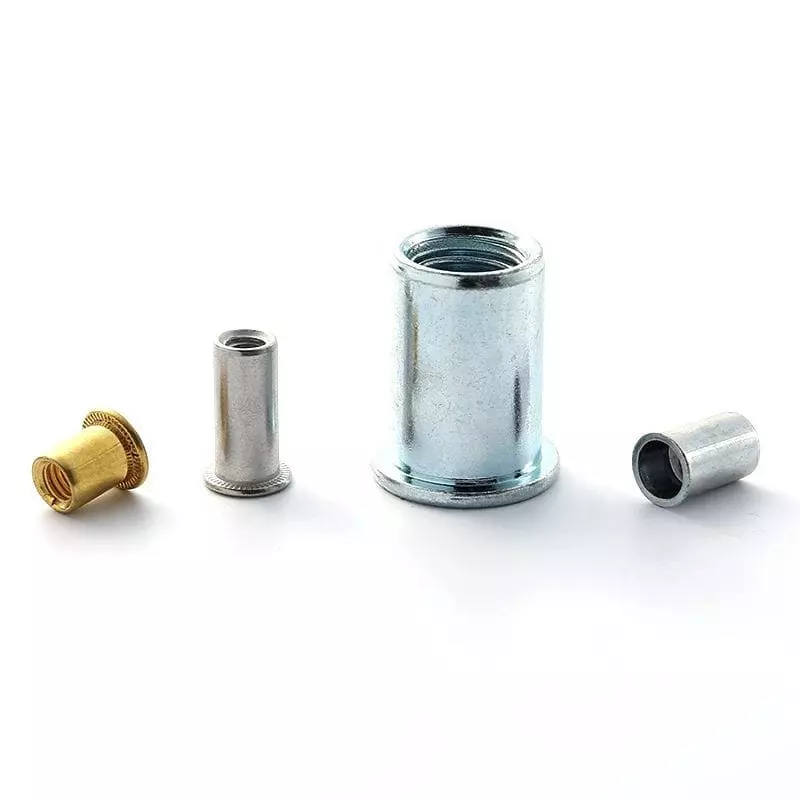
To improve rivet nut strength, use higher-grade materials and optimize design for increased load resistance. Surface treatments like coatings improve corrosion resistance, enhancing long-term durability in harsh conditions.
These measures increase the performance and reliability of rivet nuts in demanding applications, ensuring secure, lasting connections.
Use Higher-Grade Materials:
Selecting rivet nuts with stronger materials, such as high-strength steel rivet nuts or stainless steel rivet nuts, can significantly enhance the overall strength of rivet nuts.
Optimize Design:
Designing rivet nuts with thicker walls, reinforced flanges, or larger bodies increases their ability to withstand higher loads and stresses.
Surface Treatments and Coatings:
Applying coatings like zinc plating or anodizing improves corrosion resistance, reducing degradation that can weaken the rivet nut over time.
Heat Treatment:
Heat treating the rivet nut material can increase its tensile strength and hardness, making it more resistant to deformation and failure.
Enhanced Thread Design:
Using advanced thread designs, such as fine threads or deeper threads, can improve grip strength and prevent loosening under high stresses.
Use of Knurled or Serrated Bodies:
Knurling or adding serrations to the rivet nut’s body increases friction with the base material, improving its pull-out resistance and overall strength.
Do You Have Any Questions?
Let Us Solve Your Problem
Enhance Your Fastening Solutions: Buy High Strength Rivet Nuts from Rivetfix

If you’re looking for durable and reliable fastening solutions, Rivetfix offers high-strength rivet nuts that are perfect for a variety of applications. Rivetfix has fifteen years of manufacturing experience in the fastener manufacturing industry. With our wide range of solutions, services and corporate vision, we are the first choice for riveted nut manufacturers. We can select the most suitable fasteners according to your project needs, and provide product customization services.
Contact us for project advice and the latest rivet nut quote!
Get High Quality Rivet Nuts Quote!
Send Your Rivet Nut Request
For more than 20 years, Rivetfix has helped customers solve many rivet nuts sourcing needs and technical challenges.
Have a question? Contact us and we’ll provide you with the perfect solution.

